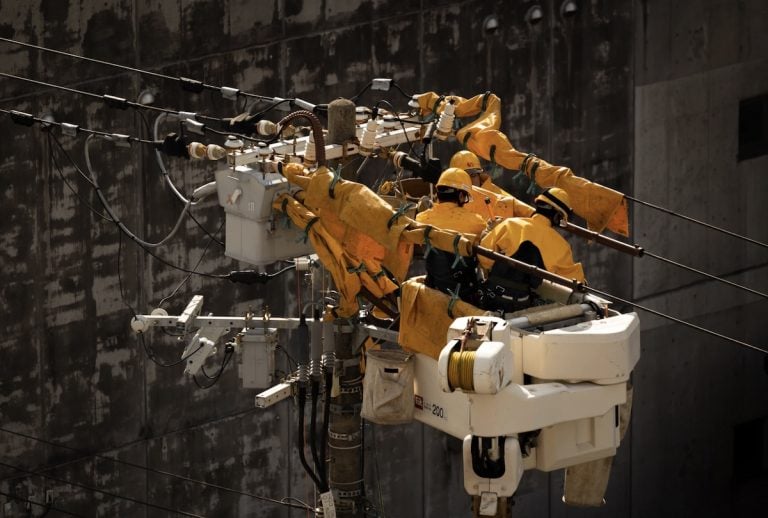
You’ve signed your contract, and your move-in date is fast approaching. A week before your move-out date, you will need to make some calls to utility companies to ensure that your transfer is as stress-free as possible.
Moving into a new place is a lot of work. Not only do you need the essentials like a bed or fridge, but you also have the task of setting up utilities, unless you’re prepared to rough it out for a couple of days after the transfer. This is an all-you-need-to-know guide to get your utilities up and running after moving into a new place in Japan.
The main utilities you can’t forget include electricity, water and gas. You will find a rundown below on how to set these up.
Setting up the gas
Gas is usually the most challenging utility to establish, mainly because you will need to be present when the technician turns on your connection. You can schedule an appointment before your move-in date if you don’t want to cut it close. Speaking from experience, though, gas companies are pretty accommodating, and I was able to schedule an appointment on the day we moved in. Just make sure to call before lunch so you can cook or have a hot bath in the evening.
Some gas companies, like Tokyo Gas, allow online registration. More details on Tokyo Gas’ process here.
You can also find the company’s contact details below.

For some apartments, you might need to pay a deposit, usually ¥10,000, which would be returned when you move out. The receipt looks like the one below.

The gas technician then gives you a folder with all the important documents such as a copy of your contract, deposit slip and other manuals and brochures. You will also receive some forms for other payment methods aside from paying at the convenience store. These include automatic deduction from an enrolled bank account or credit card. There’s also a return envelope so you can drop it in a post box after filling in the details. The same applies to the other utilities.

Setting up the electricity
Getting your electricity up and running is more straightforward than gas. Head on over to the circuit breaker and flip the largest switch or the ampere breaker from “off” to “on.” You can actually flip the switch even before calling the denki dai or electricity company, TEPCO (Tokyo Electric Power Company), for example, if located in Central Tokyo area or KEPCO for the Kansai region). If you don’t get any power after turning the switch, then it’s time to make the call. The number should be provided by your landlord or real estate agent.

Once you start consuming electricity, you will need to have the billing in your name. The simplest way is looking for a small card attached near the breaker. Fill that up, use the provided seal sticker to cover the confidential information (if any), then drop it in the post. You can also register by letter, which you receive in the mail and resend to the company after filling up the form, over the phone where you confirm your name, address and contact details with the operator, or online after receiving a letter notification with the steps and options.
Here’s an example of TEPCO’s coverage and essential contact details for customers. More information can be found here.
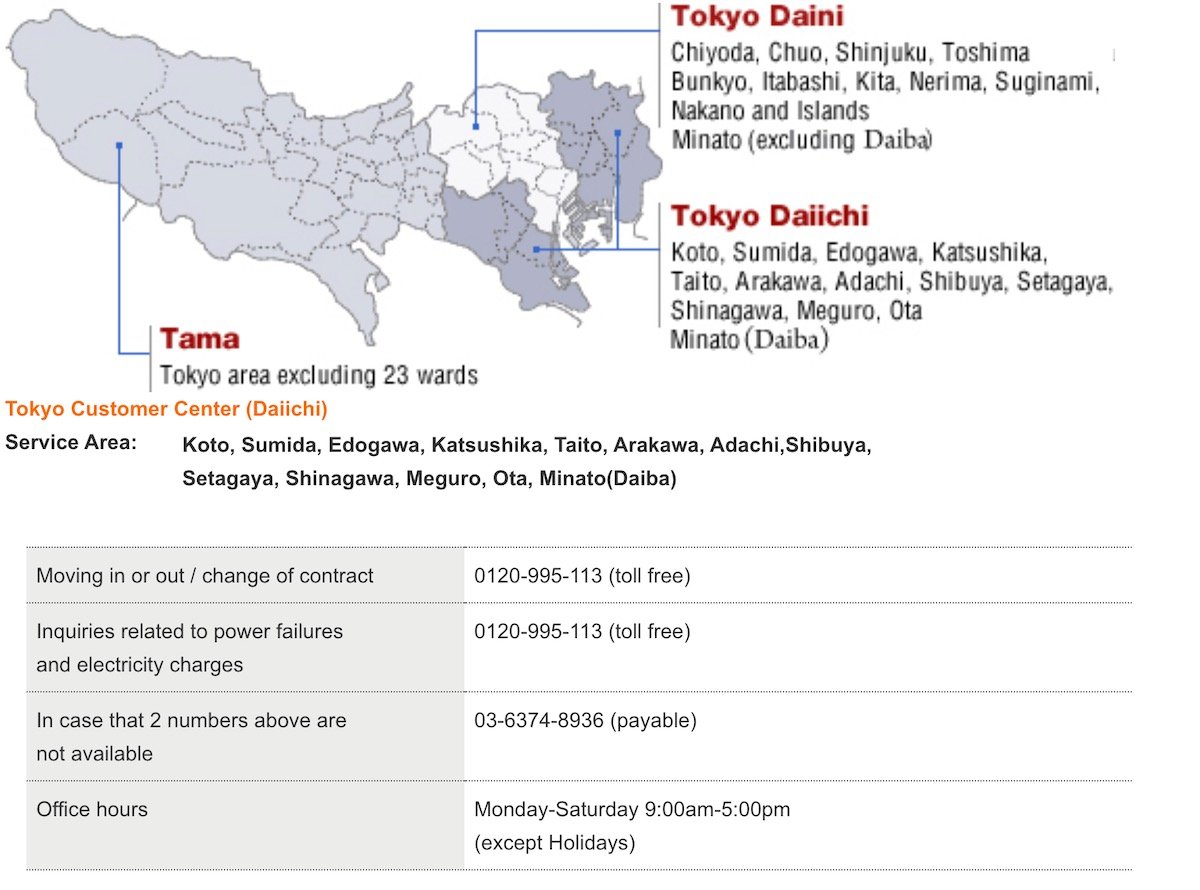
Setting up water
To set up your water in Tokyo, you will need to contact the Bureau of Waterworks Tokyo Metropolitan Government or make an appointment online. The application to start or stop water service online is quite user friendly and also available in English. You can begin the process here.
If water does not come out of the faucet when you move in and have already informed the respective agency, you may need to turn the main switch manually. The water meter is often installed outside in a metal box next to the gas meter. Here’s an example on how to turn the valve or handle counterclockwise to open.
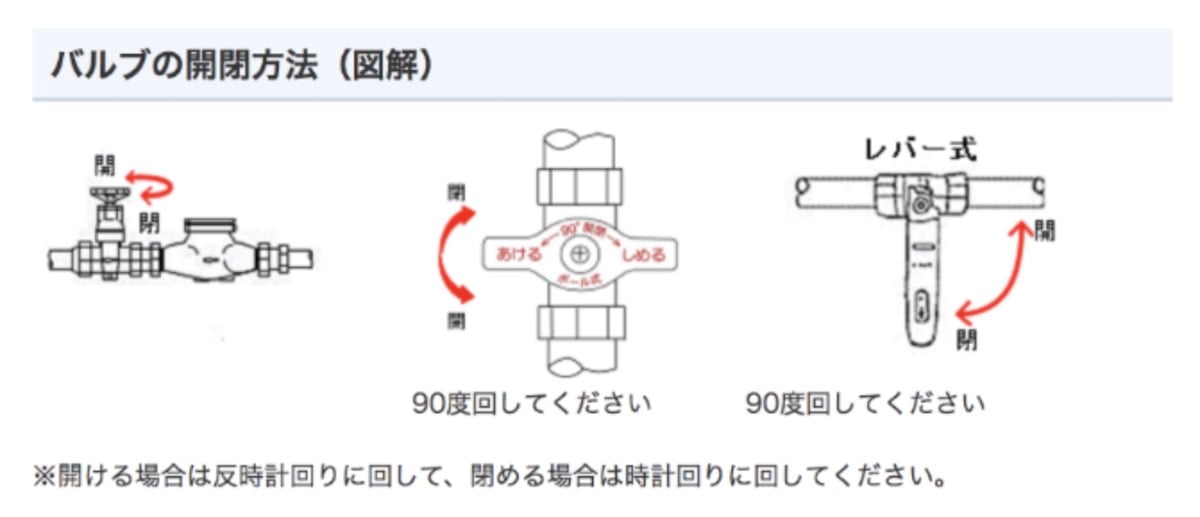
Some setup tips to consider
Understandably, calling and engaging with utility companies can be daunting, especially if you aren’t well-versed in the language. With that said, you can check if your landlord will cover some or all of the utilities by adding them to the monthly rent. This is a consideration to remember when going through the contract. For example, we lived in a leased apartment where the water was inclusive of the rent. One less monthly bill was a nice thing to experience.
You can also inquire with your real estate agent if they can contact the utility companies for you and simply schedule the personal confirmation for gas based on your availability. Some real estate agents go the extra mile and offer these services to make things easier for you.
When we moved to a new house under our name, the setup is pretty much the same except for that extra step of transferring the name from the housemaker or developer company to ours. Housemakers are more than willing to make the call to the respective electricity and water company for you. For gas, however, you will be provided with a number to call and schedule an appointment for the initial set up. You can also find that number on the gas meter of the house or apartment unit.
Paying your utility bills
Electricity and gas bills arrive monthly, depending on the schedule of the company. Furthermore, some gas companies usually provide a reading first of your gas consumption and will drop a receipt in your postbox. What follows is the bill (one with a bar code) for payment. Water billing is done every two months.
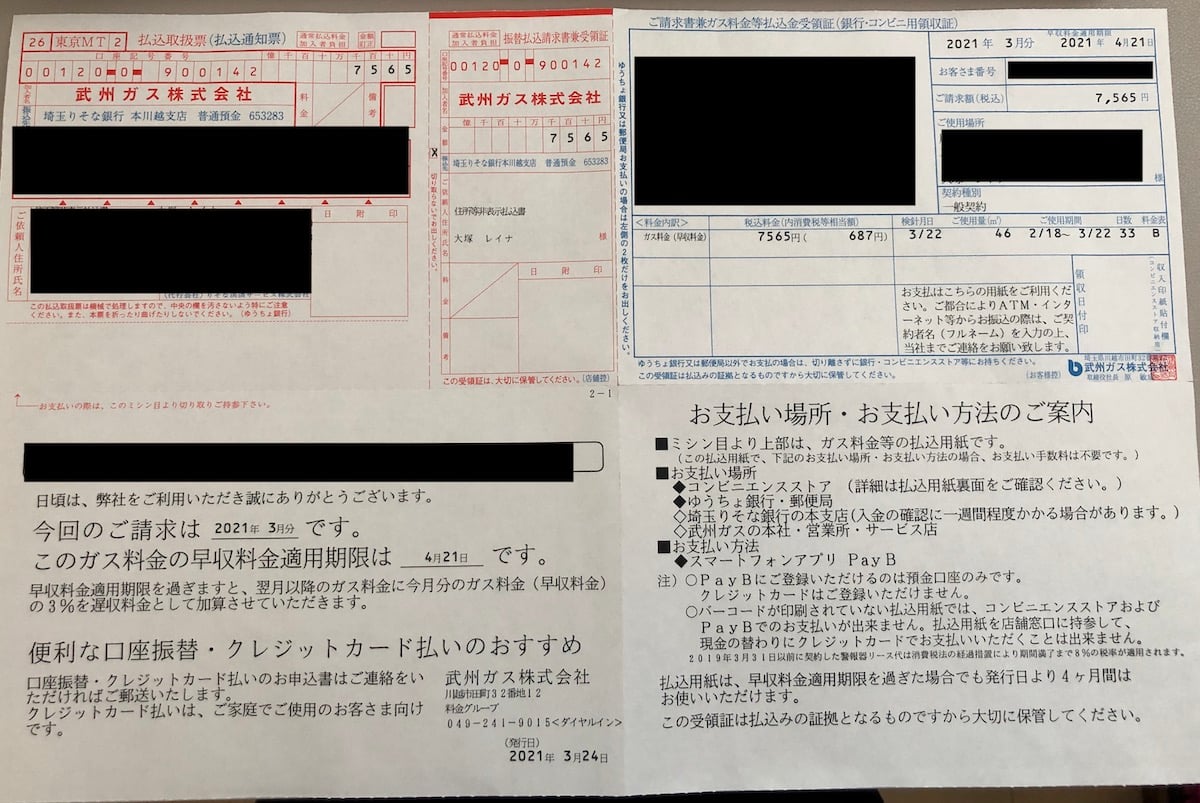
There are a few ways to pay for your utility bills, and you would need to decide which one during set up. As mentioned earlier, you can pay through automatic bank transfer, credit card, personally at the post office or convenience stores or through online banking using the Pay Easy platform.
When done personally at an office or store, simply provide the billing, and the staff member will scan the barcode. Pay the amount, and they will stamp the billing before giving you your copy which looks like below.
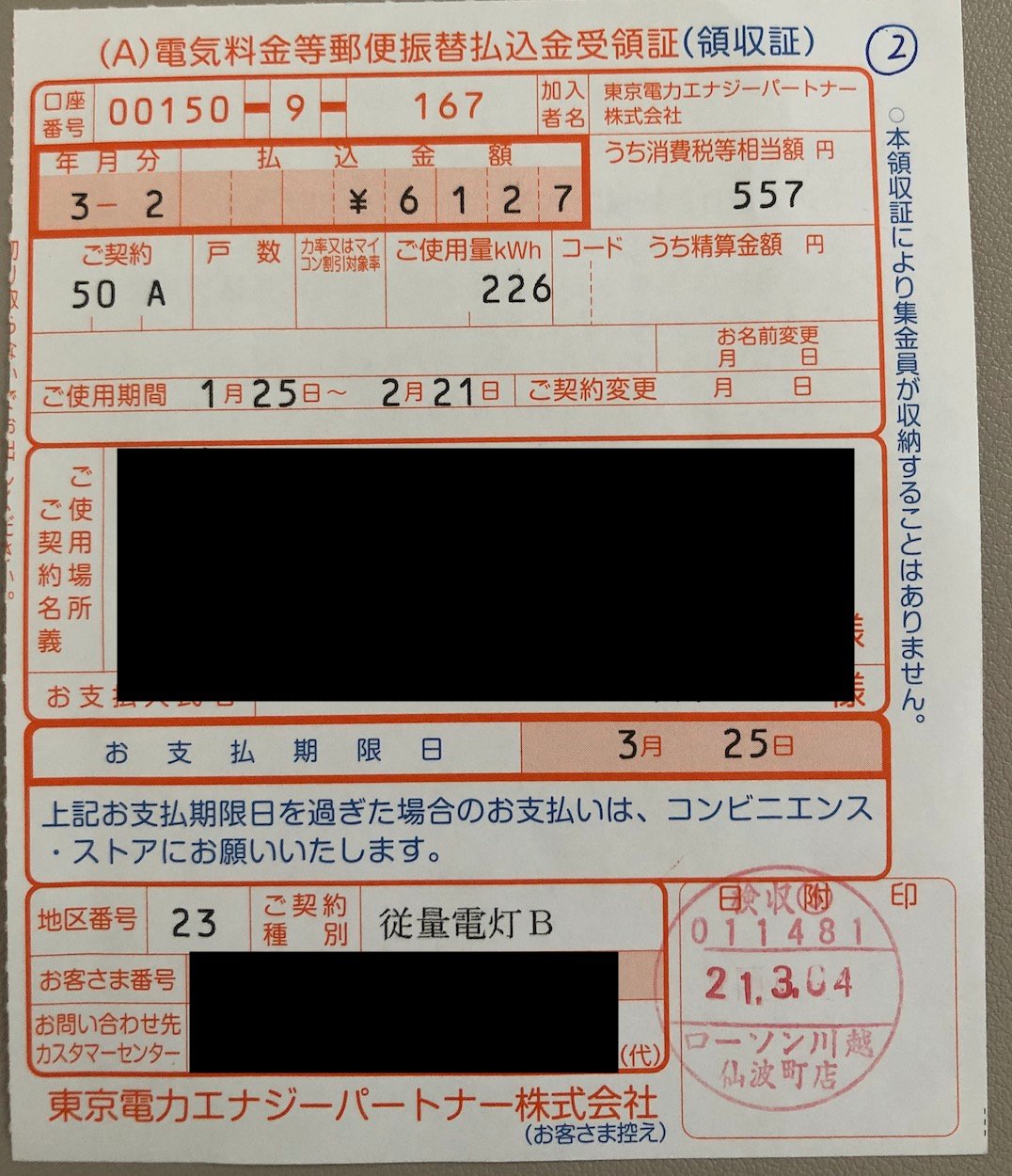
Disconnecting utilities when transferring or leaving Japan
When you move out or leave Japan, you will need to notify each of the utility companies in advance and inform them of your last day in the apartment or house. It’s basically the reverse of setting up the utilities, and you can find more information right alongside the instructions of registration. You turn off the breaker for electricity and close the valve for water. The same goes for disconnecting your gas bill, wherein a representative will go to your place to shut off the gas supply and give you your final bill and return the deposit (if any). In case you’re moving to another area in Japan, you can inform them of your new address, and they will send the final billing to that address.
There you have it! A straightforward guide to setting up, paying and disconnecting your utilities when in Japan. Once you understand the process (and they’re almost always the same regardless of the utility), you can get this done like a pro.



















